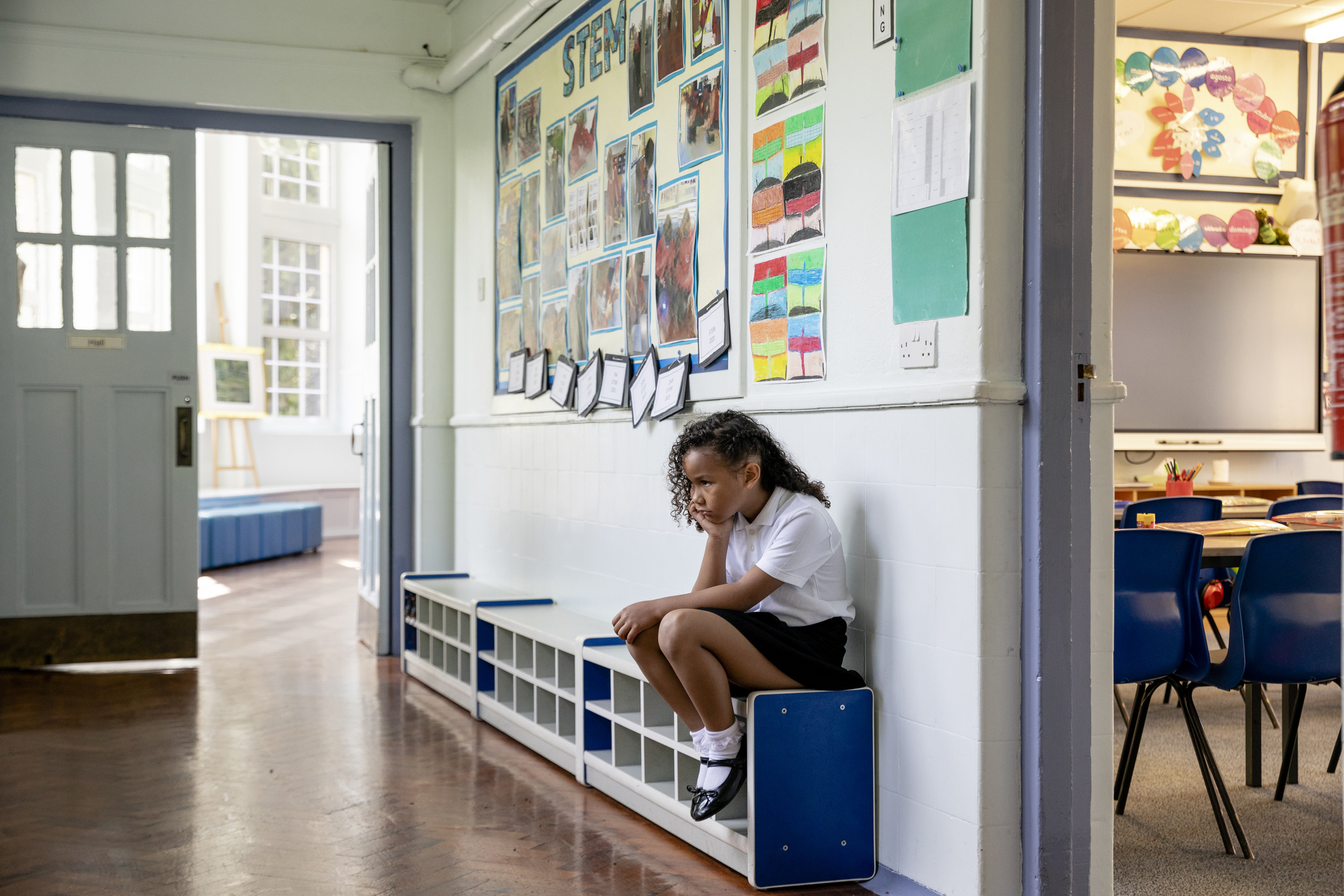
School stress and emotional based avoidance
Estimated reading time: 3 minutes
Navigating the social and sensory world of school is difficult for many autistic children and young people. Although they may appear to be coping, autistic children may experience high levels of school stress and anxiety.
So, what is it about a pupil’s autistic differences that can become difficulties in a school setting?
There are many ways that autistic pupils can struggle at school.
Examples include saying things that might sound rude or inappropriate. They may find it intolerable when people invade their personal space. They may struggle to form friendships. They may have difficulties if they lose a game, or if other children are flexible with the rules.
They may find the unstructured times of day difficult, like lunch and break.
They may feel that they can't join in with other children's jokes and banter due to a literal interpretation of language.
Autistic children and young people may have an anxiety based need to avoid demands.
They may have a strong sense of injustice if they feel that someone has wronged them, be it another pupil or a teacher.
They can become emotionally distressed at changes in routine or other unexpected changes.
They can become overwhelmed because of sensory differences: the noise, lights, smells or the feel of the school uniform. They may have difficulty in processing information so they may struggle to keep up in class.
Sometimes autistic pupils exhibit distressed behaviour as a result of feeling overwhelmed by these difficulties and end up being suspended from school.
However, other pupils may appear to be coping at school, but this masks the stress and anxiety they are enduring on a day-to-day basis. Their emotions remain bottled up until the end of the school day. When they are at home in their safe environment, they may then exhibit distressed behaviour.
If the triggers for this behaviour are not identified and addressed at school, it can lead to regular school refusal or emotional based school avoidance, as we tend to call it now.
One of the tips that I like to give to teachers and head teachers is for them to view school through the lens of a child's autism.
- What's it like for that child to come in through the school gates in the morning?
- What's it like for them trying to join in with games or being excluded from social groups?
- What's it like for them trying to understand what the teacher said five minutes ago?
To get to the root cause of a pupil's anxiety you could ask parents to go through their timetable with them, including the unstructured times of day, like break times. Ask them what lessons or times of day make them more anxious, and why that is. Is the child trying to avoid a particular situation or a lesson or a person that causes them anxiety?
Another approach is to consider the school environment. Use a map of the school and ask the pupil to colour in any areas where they tend to feel stressed, the places they dread going to. You may then be able to discuss what it is about those places that they don't like.
Remember that parents are the experts in their child.
The SEND code of practice says that parents know their children best and that schools should enable parents to share their knowledge about their child.
Encourage parents and carers to meet with you to discuss what it is about school life that is causing their child stress before it becomes a significant problem.
You can read more about this topic by downloading our brand-new guide: ‘School Exclusions - Stress and Anxiety’



